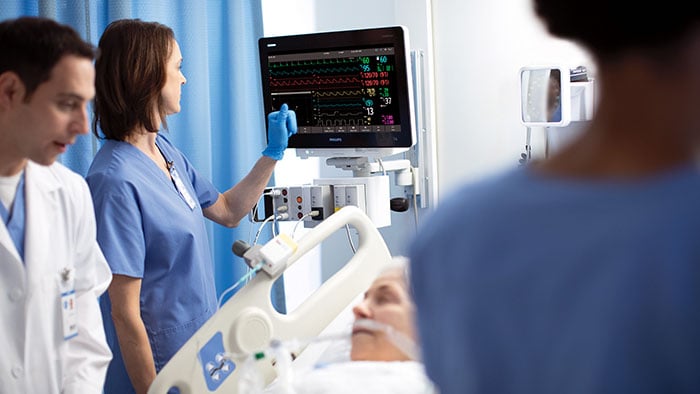Earth Overshoot Day marks the date in a given year when humankind’s demand for environmental resources and services exceeds what the planet can regenerate in that year. Over the last 50 years, that date has fallen earlier and earlier – from December in the 1970s to the end of July in recent years.
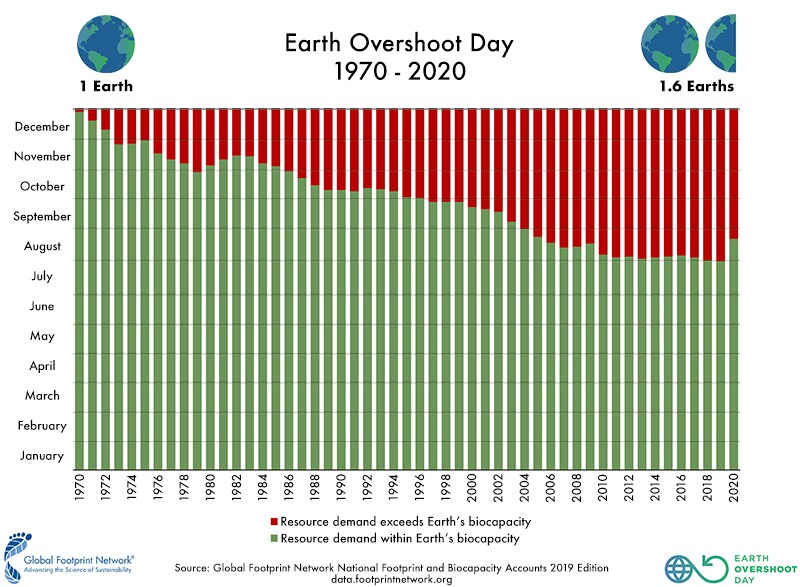
For countries like the Netherlands and Germany, it falls even earlier, currently in early May! We are depleting our planetary resources and piling up a debt that may become impossible for our children and the following generations to carry or ever repay.
To break this destructive pattern, we need to find and scale responsible ways to use energy and materials. Implementing circular economic models at scale are an essential part of this. Especially if we are serious about achieving ambitious targets, such as the European Union’s plan to have a 100% circular economy by 2050.
It makes me hopeful to see the growing awareness and understanding of this pressing need. And to see that it is being acted upon, within industry, but also in society at large – by consumers, governments and investors. At Philips, we see it first-hand: our customers increasingly consider sustainability a key criterion when choosing a vendor.
The road we need to take is clear. It will not be an easy one to travel, but I am confident we can get there – we have the tools and experience to do so. But we also need the resolve to team up and bring circular economy to scale much faster. This means making a big step-up now, in four key areas:
Let me outline how I see this happening, discuss some of the implications it will have, and invite you to join forces with us.
1. Rethinking value creation to address global challenges
There is increasing evidence that companies that are led by purpose, hold themselves accountable to their stakeholders, and increase transparency will not only be more viable and valued, but also more valuable, in the future.
Companies like Philips, with their innovation power and ability to scale solutions, have a vital role to play in collaborating with our partners across our supply chain, and with private and public organizations in society, to help achieve the UN’s Sustainable Development Goals in this Decade of Action.
Circular: an integral part of the solution
In the discussion on how best to tackle climate change, circular economy is an often-overlooked – yet fundamental – part of the debate.
In a circular economy, value is created with minimum resources, products and materials are kept at maximum value throughout their product lifecycle, waste is eliminated, and natural systems are regenerated.
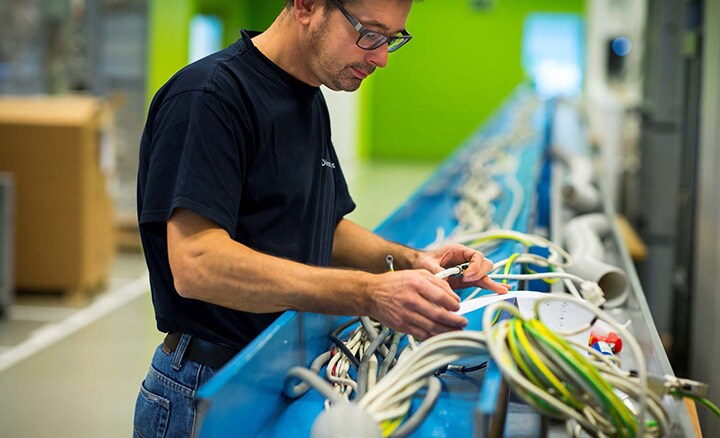
As pointed out in the recent Circularity Gap Report 2021 from Circle Economy, doubling the current global circularity rate of 8.6% would cut emissions by 39%, and reduce usage of virgin resources by 28%. We can also address 45% of global greenhouse gas emissions by changing the way we make and use products. And by helping to avoid waste, stimulating business growth, and creating employment, the transition to a circular economy presents a USD 4.5 trillion economic opportunity. Reasons aplenty, then, to go all-in on circular.
Circular economy supporting sustainable healthcare
In healthcare, the combined burden of expanding, aging populations and the increase in chronic diseases has created an urgent need for sustainable models of care delivery. As a health technology company, Philips is committed to making the world healthier and more sustainable through innovation, while acting responsibly towards the planet and society. And the transition to a circular economy is central to that endeavor.
We take an end-to end approach to circularity, reducing, re-using and recycling wherever possible. Our aim is to minimize the use of new materials and resources, while simultaneously maximizing the lifetime value of our products and solutions through innovative service models, smart digital solutions, and product take-back, refurbishment and parts recovery.
We can now offer a trade-in on all large medical equipment deals that we have won around the globe and have the capability to take care of responsible repurposing, such as refurbishment or recycling. We are also reducing our use of virgin materials by increasing use of recycled materials. In this way, we can improve more people’s lives without unnecessarily further depleting natural resources.
Circular-ready design
Through our long-established EcoDesign program, we continue to optimize the design of our products and solutions to increase energy efficiency and reduce emissions, and to reduce packaging. At the same time, we are stepping up our efforts in circular design. This means, from the outset of the product creation process, designing for less weight and for recycled content, as well as designing for serviceability, upgradability, modularity, recycling, parts recovery and/or refurbishment. And so the mindset horizon shifts from ‘today’ to ‘tomorrow and beyond’.
Business model innovation
Circular, service-oriented models are central to reducing waste and carbon emissions. In our field, they can help make healthcare more effective and efficient – and more sustainable. That’s why, at Philips, we have started to fundamentally redesign our business models.
With new periodic, usage- and outcome-based business models, we are moving from selling the physical product or system to offering its use ‘as a service’. Models like this have the added benefit of supporting multiple re-use and recycling, thus contributing to the sustainable use of resources.
Win-win
Let me give an example that illustrates how all of this comes together.
One of our customers, a leading healthcare provider, is committed to becoming carbon-neutral. They have acquired an MRI scanner from us. The product has been refurbished: it is a pre-owned system that has been thoroughly upgraded and quality-tested. We have now leased it to the healthcare provider, who can access the solution’s potentially life-saving functionality without having to make the capital expenditure needed to own the product.

Through our digital technologies and software, we can continually optimize usage of the scanner through remote servicing, thereby extending its lifespan. Then, when the system is no longer needed, we will take it back. At that point, we will refurbish it once again or recover specific parts for other equipment. Wins all round.
Beyond hardware – digital driving resource efficiency
While ‘circular’ is – understandably – associated with closing the loop on hardware, as in the previous example, there is more to the story than that. Increasingly, we are seeing digital connectivity and infrastructure driving ‘dematerialization’ and more efficient use of resources, both human and material. In healthcare, for example, supporting telehealth and the shift of care from resource-intensive clinical settings to networked lower-cost settings and the home.
Digitally enabled remote interactions like these could potentially reduce the need for bricks-and-mortar healthcare facilities, thus lowering consumption of materials and energy, as well as travel. Cloud computing is another positive development, as centralized data centers can use hardware more efficiently, which means less utilization of CPU capacity and energy. Additionally, the software-enabled increase in efficiency extends the lifetime usage of hardware.
Research indicates that the resource savings unlocked by digital information and communication technology outweigh the increase in footprint caused by the deployment of that technology. Having said that, the recent controversy surrounding cryptocurrencies shows there is still a way to go before we have optimized the resource efficiency of computationally intensive applications.
2. A nurturing, enabling environment is needed
To support companies and organizations implementing circular business models, we urgently need to create the necessary enabling conditions. For example, both consumers and business customers need to be incentivized – and facilitated – to return products through deposit and buy-back schemes, and adequate collection and processing networks.
All actors have a role to play in helping create this enabling environment:
3. Unlocking ‘the power within’
Change on a global scale begins at home, with ourselves. At Philips, we know that, to achieve our circular ambitions, we need to scale up, ensuring that learnings from pilots are fed into our strategy and innovation processes. We also recognize that circular thinking has to become fully embedded in our company culture.
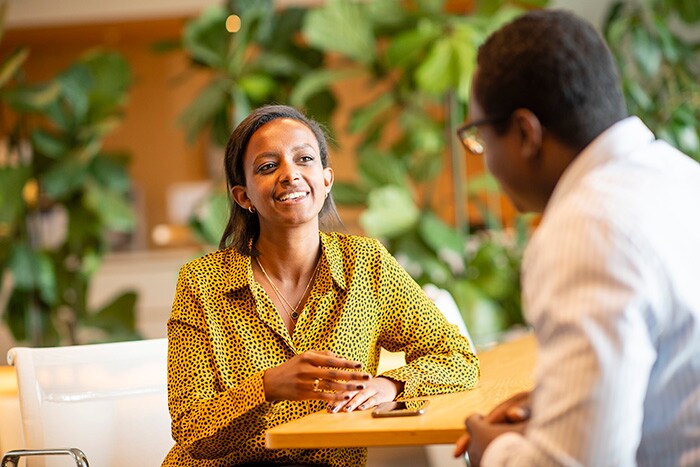
To do this, we share with everyone within the organization a clear, consistent story about what circular economy means for Philips. And we make it specific for the different roles – designers, marketeers, business leaders, etc. Where relevant, we deploy dedicated training, and we help embed circular economy in strategic roadmaps and Philips processes and procedures.
We also involve our employees in finding new ways to innovate, and to make sustainable choices at work and at home, in order to further reduce our ecological footprint. We do this by building and facilitating multidisciplinary Communities of Practices (CoP), where our colleagues can team up around common goals and challenges. For example, in 2020, we held our first Energy Innovation Challenge, which generated 100 concrete proposals for innovative, scalable solutions to improve the energy efficiency of our sites, and thus reduce our carbon footprint.
Another example, linked to our CoP, of helping bottom-up movements flourish is the active support for our #bethechange network – a group of Philips employees who are personally committed to driving, among other things, sustainable impact.
Initiatives like these can help make an abstract notion concrete and so create a groundswell movement of circular ambassadors and change agents – unleashing the innovative power that resides, I believe, at the heart of every organization.
4. Collaboration and partnership are essential
Looking beyond our own organization, the systemic change needed to scale circular innovation globally can only be realized by likeminded partners, from both the public and private sectors, joining forces. Across industry and society, new ‘ecosystems of collaboration’ need to be forged – between businesses, governments, financial institutions, civil society organizations, and others – if we are to generate the necessary critical mass to make the leap to a circular future.
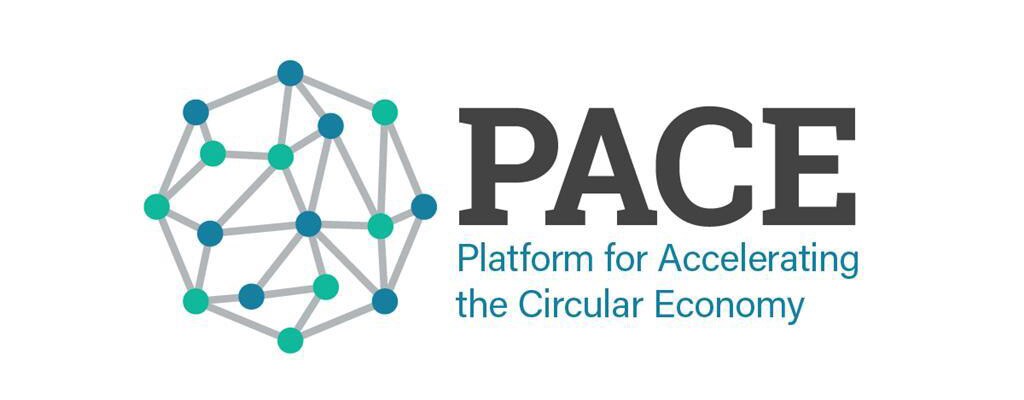
This is why, among others, the Capital Equipment Coalition, as part of PACE – the Platform for Accelerating the Circular Economy – was launched. I wholeheartedly welcome PACE’s recent publication of the Circular Economy Action Agenda for Capital Equipment – an aligned set of actions to drive scale in 2021 and remove critical barriers to accelerate the circular economy. We can only achieve these goals by working together with others in our ecosystem – care providers, practitioners, knowledge partners, and suppliers. We believe it is vital to share success stories and learnings to show it can be done – so I would be delighted to hear how you see the road to a circular economy, where you see opportunities, and learn about your insights. * either refurbished at Philips, or locally recycled in line with Philips policies
Join us on the journey
Circularity is not an end in itself. For Philips, it is a tool for us to help create resilient and sustainable healthcare systems, drive business growth, and help meet global targets to combat climate change through the responsible use of energy and materials.
Believing that action speaks louder than words, we’ve set ourselves a number of challenging targets. By 2025, we aim to:
** including non-manufacturing sites, such as large offices, warehouses and R&D facilities
Share on social media
Topics
Author
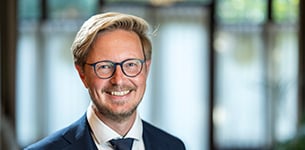
Robert Metzke
Philips Global Head of Sustainability Mr. Metzke leads Philips’ activities in Sustainability where he drives the company’s strategy towards innovative, sustainable business models and embedding sustainable and circular ways of working across Philips. In particular, Robert and his team are leading all activities with regards to Philips' environmental responsibility, with a focus on climate action, circular economy and expanding access to healthcare in underserved communities, as part of Philips overall purpose to improve people's health and well-being. Before joining Philips, Mr. Metzke worked at McKinsey & Company as a consultant where he gained 5 years of experience in strategy and innovation in the high-tech, healthcare and public sectors. Mr. Metzke has a background in journalism, science publishing (Science/ AAAS) and academic research (physics). He is married, has three children and lives in the Netherlands.
Follow me on











